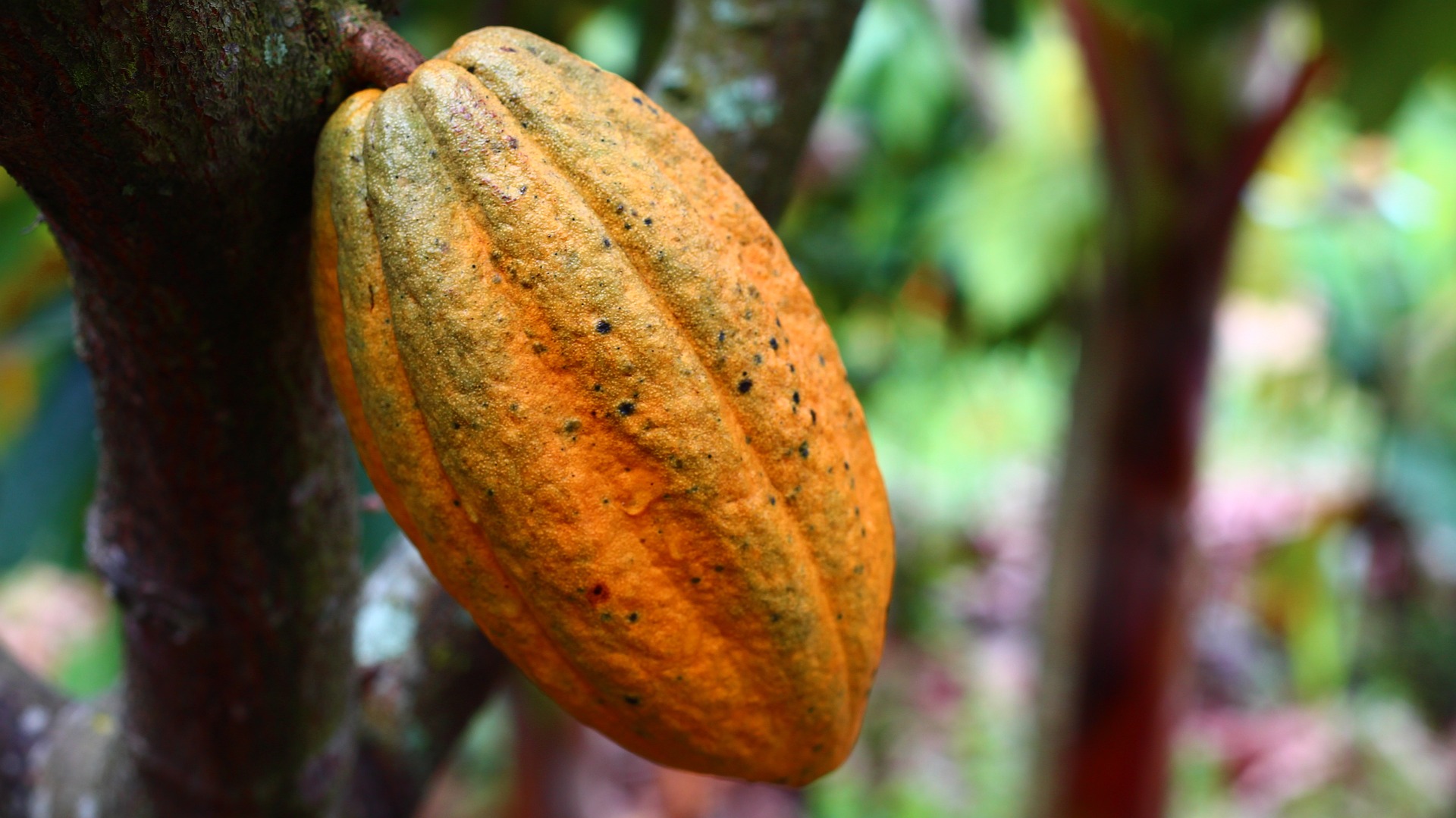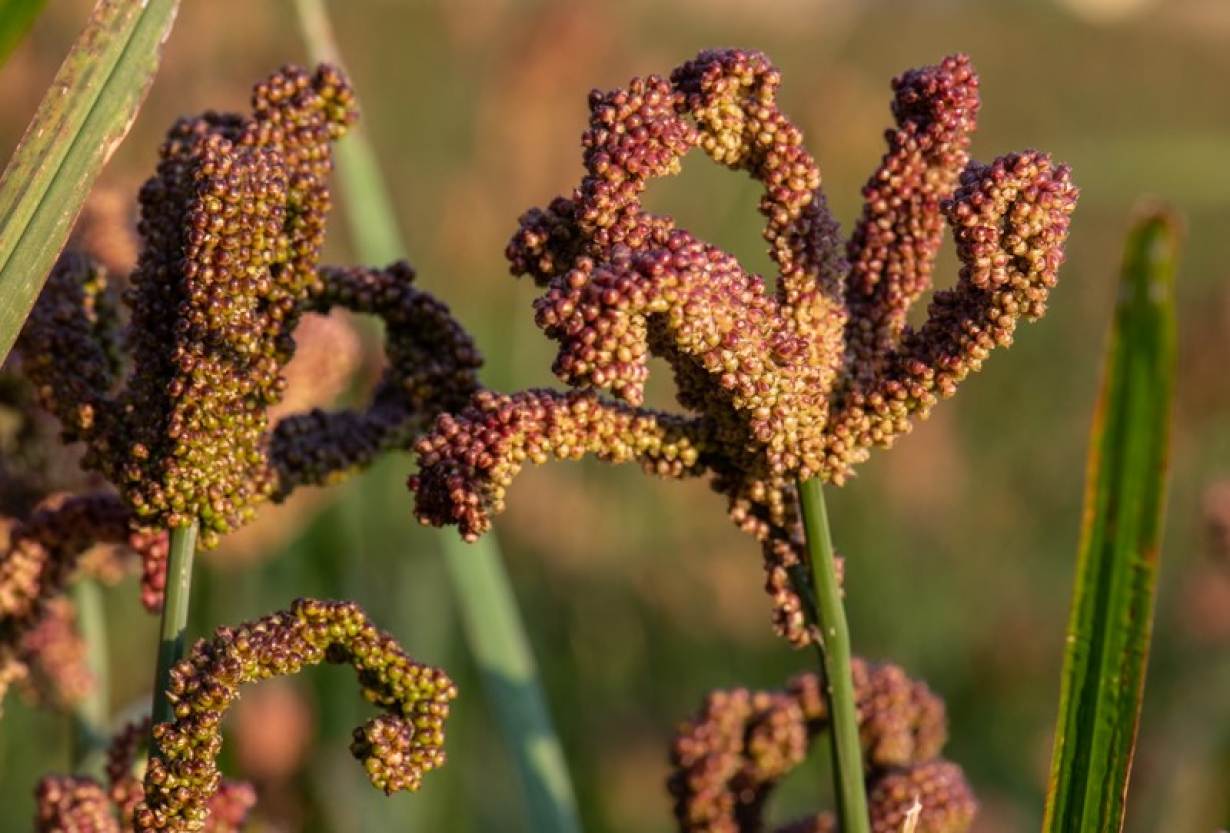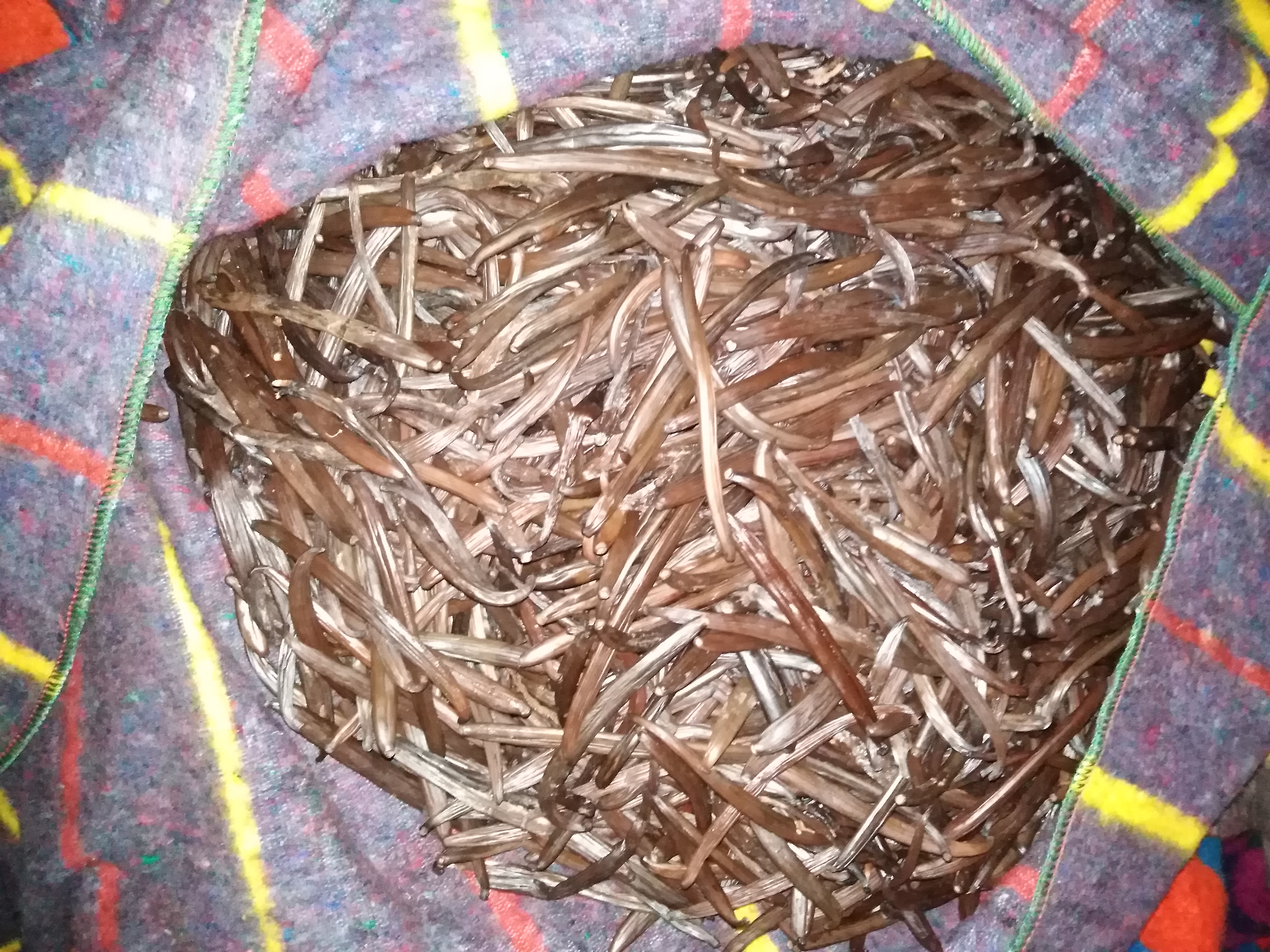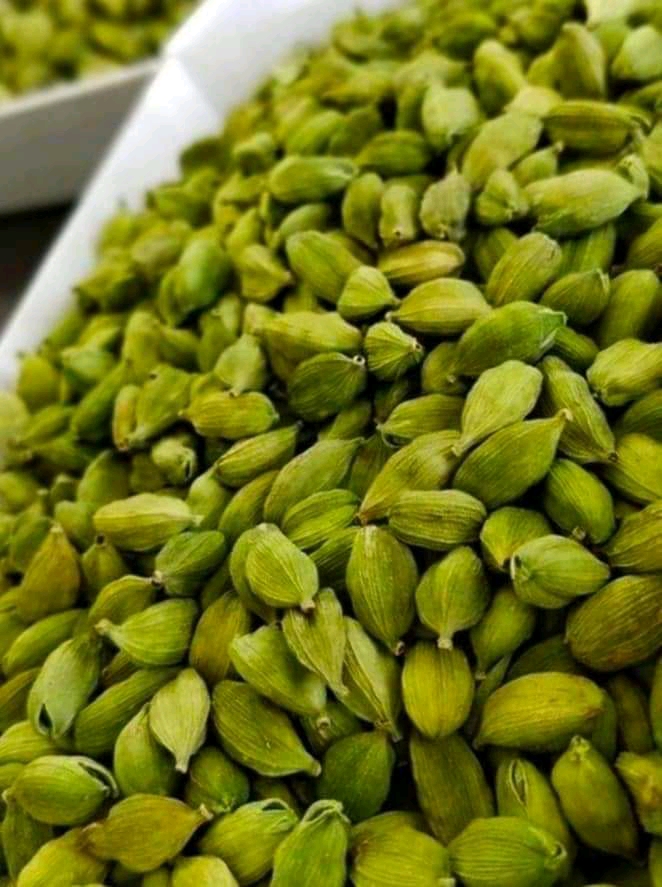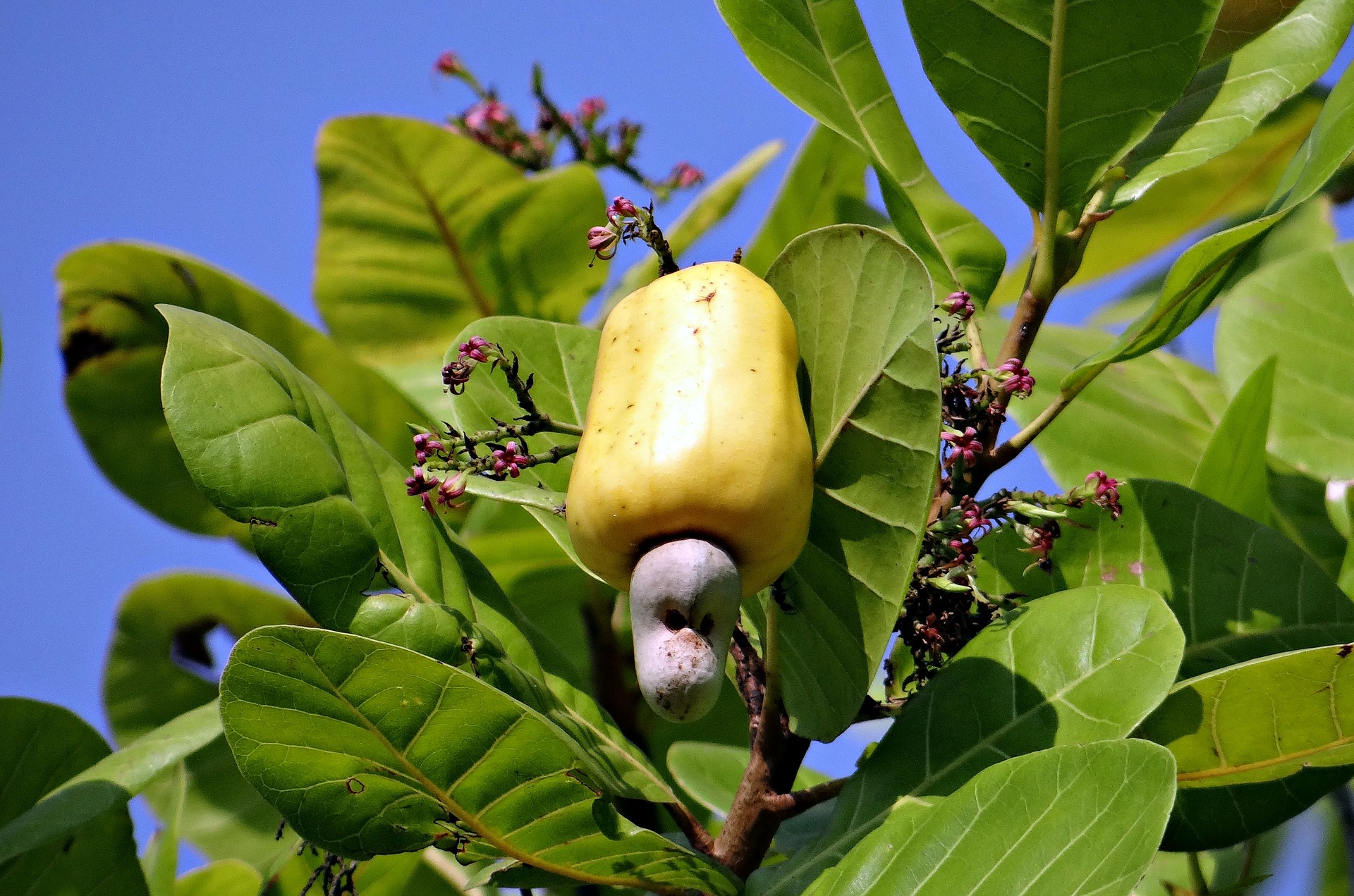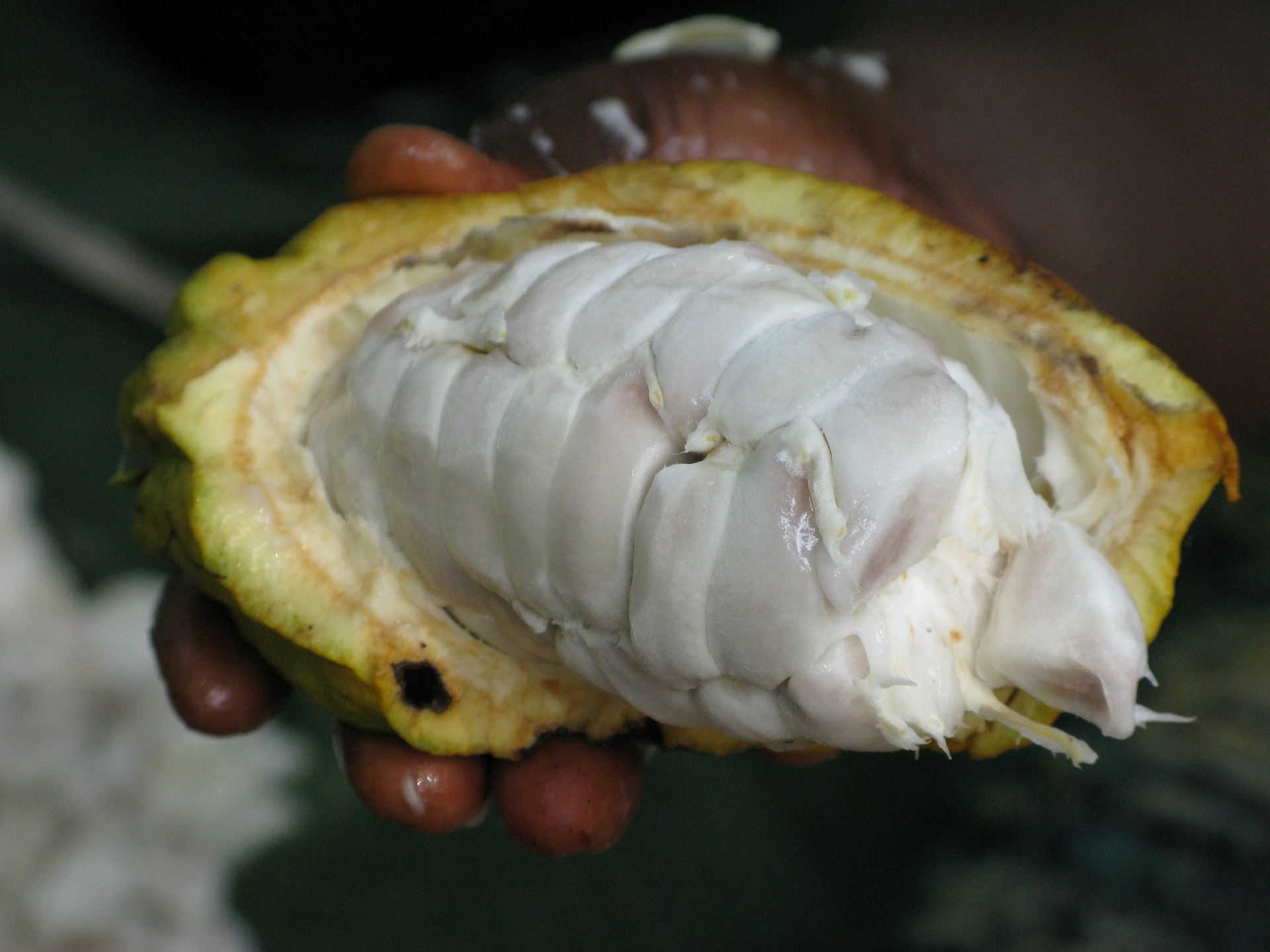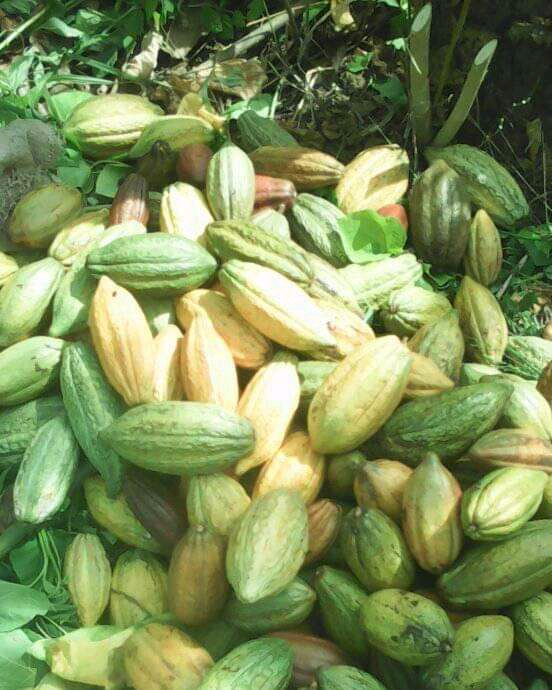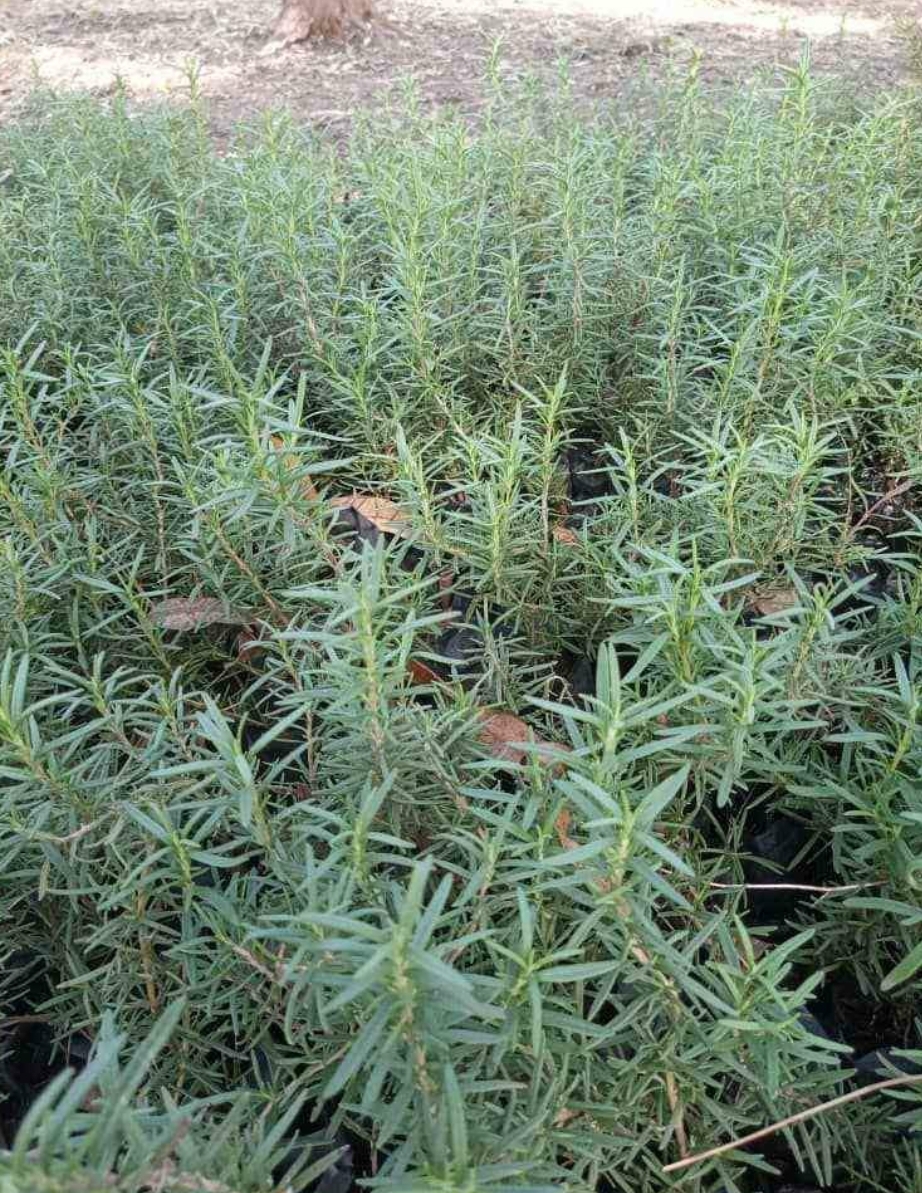Cocoa Farming Best Practices: A Complete Guide
Cocoa farming is a rewarding agricultural venture, but it requires careful planning, proper techniques, and consistent management to ensure high yields and quality beans. Whether you’re a beginner or an experienced farmer, this guide will walk you through the best practices for cocoa farming, from planting and pruning to harvesting and pest management. By following these steps, you can maximize your cocoa farm’s productivity and profitability.
Click here to inquire, buy or order for Cocoa from Uganda
1. Planting Cocoa: Step-by-Step Instructions
Planting cocoa correctly is the foundation of a successful farm. Here’s how to do it:
Choose the Right Variety
- Select high-yielding and disease-resistant cocoa varieties like Forastero, Criollo, or Trinitario.
- Source certified seedlings from reputable nurseries or agricultural institutions.
Prepare the Land
- Clear the land of weeds, bushes, and trees.
- Ensure the soil is well-drained and rich in organic matter.
- Conduct a soil test to determine pH levels (ideal pH is 6.0–7.5).
Planting Process
- Dig Planting Holes: Dig holes measuring 60 cm by 60 cm and 60 cm deep.
- Add Organic Manure: Fill the holes with compost or well-decomposed manure to enrich the soil.
- Spacing: Plant seedlings at a spacing of 3 meters by 3 meters to allow for proper growth and airflow.
- Planting Time: Plant during the rainy season to ensure adequate water supply.
- Shade Trees: Plant shade trees like bananas or plantains before introducing cocoa seedlings. Cocoa trees need shade, especially during the first 2–3 years.
Click here to inquire, buy or order for Cocoa from Uganda
2. Pruning Cocoa Trees
Pruning is essential for maintaining healthy cocoa trees and maximizing yield.
Why Prune?
- Improves air circulation and sunlight penetration.
- Reduces the risk of pests and diseases.
- Encourages the growth of new branches and pods.
How to Prune
- Remove Dead or Diseased Branches: Use clean, sharp tools to cut off dead or infected branches.
- Shape the Tree: Maintain an open canopy by removing overcrowded branches.
- Height Control: Keep trees at a manageable height (3–4 meters) for easy harvesting.
- Frequency: Prune at least twice a year, preferably at the start and end of the rainy season.
3. Harvesting Cocoa Pods
Harvesting cocoa requires precision and care to ensure high-quality beans.
When to Harvest
- Cocoa pods are ready for harvest 5–6 months after flowering.
- Ripe pods turn yellow, orange, or red, depending on the variety.
Harvesting Process
- Use the Right Tools: Use a sharp knife or machete to cut the pods from the tree. Avoid damaging the tree or nearby pods.
- Harvest Regularly: Harvest every 2–4 weeks to prevent overripe pods from spoiling.
- Handle with Care: Avoid dropping or bruising the pods, as this can affect bean quality.
Click here to inquire, buy or order for Cocoa from Uganda
4. Managing Pests and Diseases
Cocoa trees are susceptible to various pests and diseases that can reduce yield and quality. Here’s how to manage them:
Common Pests
1. Capsids and Mirids:
- Symptoms: Damaged leaves, stems, and pods.
- Control: Spray approved insecticides and maintain proper shade levels.
2. Cocoa Pod Borer:
Symptoms: Holes in pods and damaged beans.
Control: Remove and destroy infested pods. Use pheromone traps to monitor and control the pest.
Common Diseases
1. Black Pod Disease:
- Symptoms: Black spots on pods that spread and cause rot.
- Control: Remove and destroy infected pods. Apply copper-based fungicides.
2. Swollen Shoot Virus:
- Symptoms: Swollen stems, yellowing leaves, and reduced yield.
- Control: Uproot and destroy infected trees to prevent spread.
3. Frosty Pod Rot:
- Symptoms: White fungal growth on pods, leading to rot.
- Control: Remove infected pods and apply fungicides.
Preventive Measures
- Maintain proper spacing and pruning to improve airflow.
- Use disease-resistant varieties.
- Practice crop rotation and avoid planting cocoa in previously infected areas.
5. Tips for Improving Cocoa Bean Quality
High-quality cocoa beans fetch better prices in the market. Here’s how to improve bean quality:
Fermentation
- Ferment the beans for 5–7 days to develop flavor and reduce bitterness.
- Use wooden boxes or banana leaves to ferment the beans. Turn the beans every 2 days for even fermentation.
Drying
- Dry the fermented beans under the sun or using a dryer until they reach a moisture content of 7–8%.
- Spread the beans evenly and turn them regularly to ensure uniform drying.
Storage
- Store dried beans in a cool, dry place to prevent mold growth.
- Use airtight containers or bags to protect the beans from pests and moisture.
Certifications
- Obtain certifications like Fair Trade, Organic, Phytosanitary, or Rainforest Alliance to attract premium buyers.
Click here to inquire, buy or order for Cocoa from Uganda
6. Additional Best Practices
- Soil Fertility Management: Apply organic manure or fertilizers to replenish soil nutrients.
- Irrigation: Provide supplemental irrigation during dry spells to ensure consistent growth.
- Record-Keeping: Maintain detailed records of planting, pruning, harvesting, and pest control activities.
- Training: Attend workshops or training sessions to learn about the latest cocoa farming techniques.
Conclusion
Cocoa farming is a profitable and sustainable venture when done correctly. By following these best practices—proper planting, regular pruning, careful harvesting, effective pest management, and quality improvement—you can maximize your cocoa farm’s productivity and profitability. Remember, success in cocoa farming requires patience, dedication, and continuous learning.
FAQs About Cocoa Farming
1. How long does it take for cocoa trees to bear fruit?
Cocoa trees start bearing fruit after 3–4 years and reach full production in 5–6 years.
2. What is the lifespan of a cocoa tree?
Cocoa trees can produce fruit for up to 25–30 years with proper care.
3. How much cocoa can one tree produce?
A healthy cocoa tree can produce 20–30 pods per year, yielding 1–2 kg of dried beans.
4. What are the best shade trees for cocoa?
Bananas, plantains, and Gliricidia are excellent shade trees for cocoa.
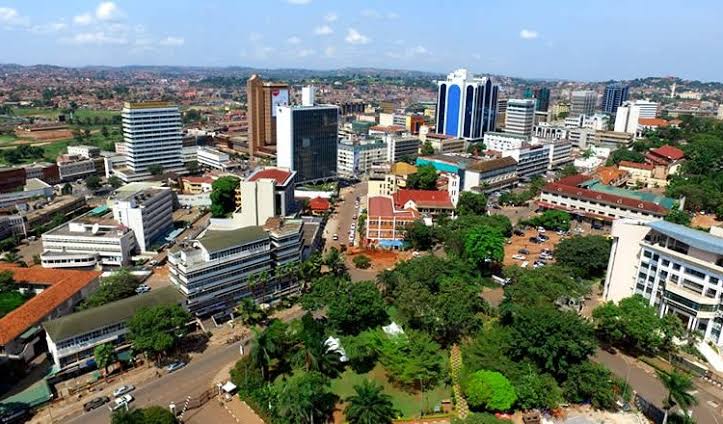 Aerial View Of Kampala City
Aerial View Of Kampala City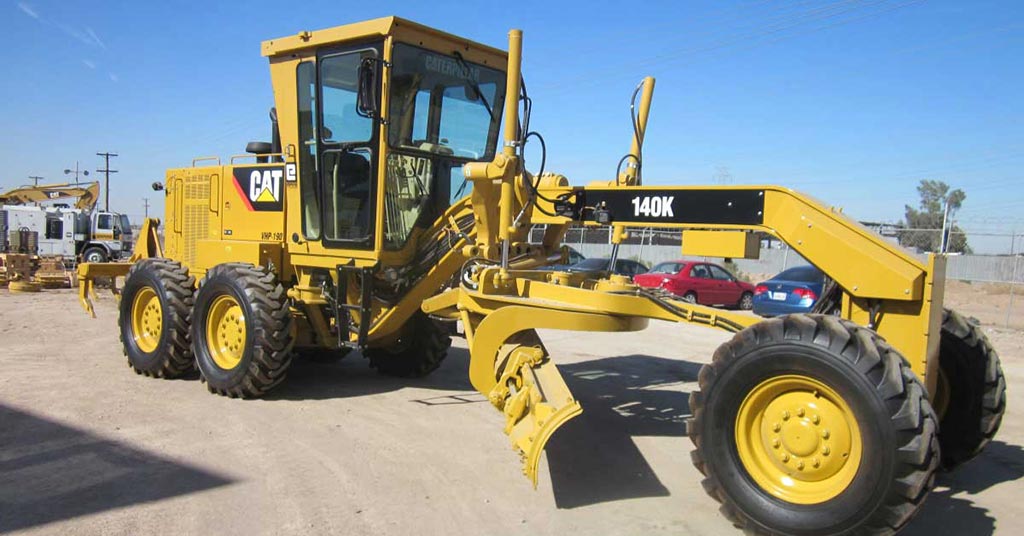 Buy A 140K Grader In Uganda
Buy A 140K Grader In UgandaFor inquiries or Orders:
Contact Us On:-
E-mail: Info@flawlessconsultsug.org
Or
Call/Whatsapp Us on: +256-772 238575
